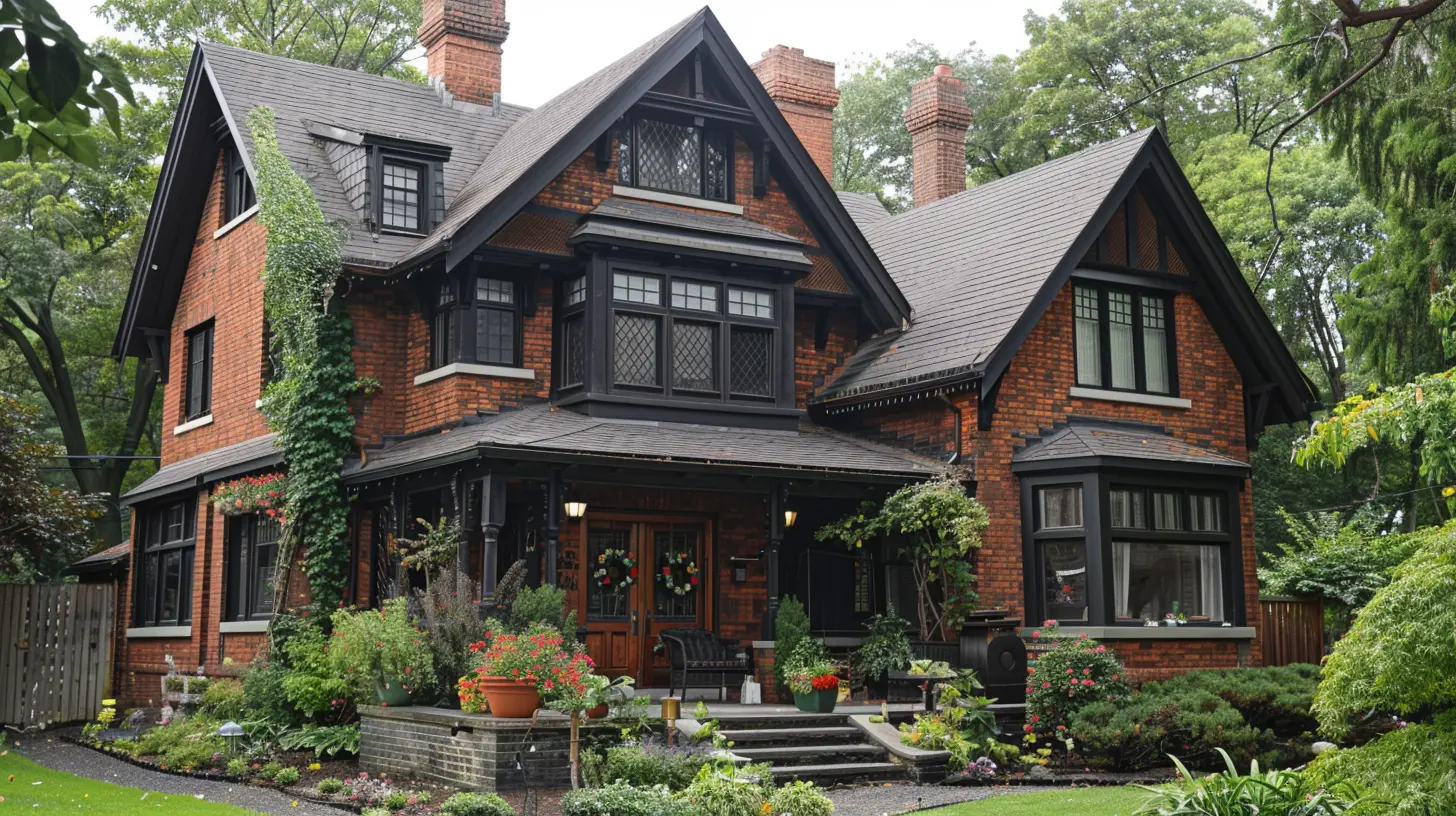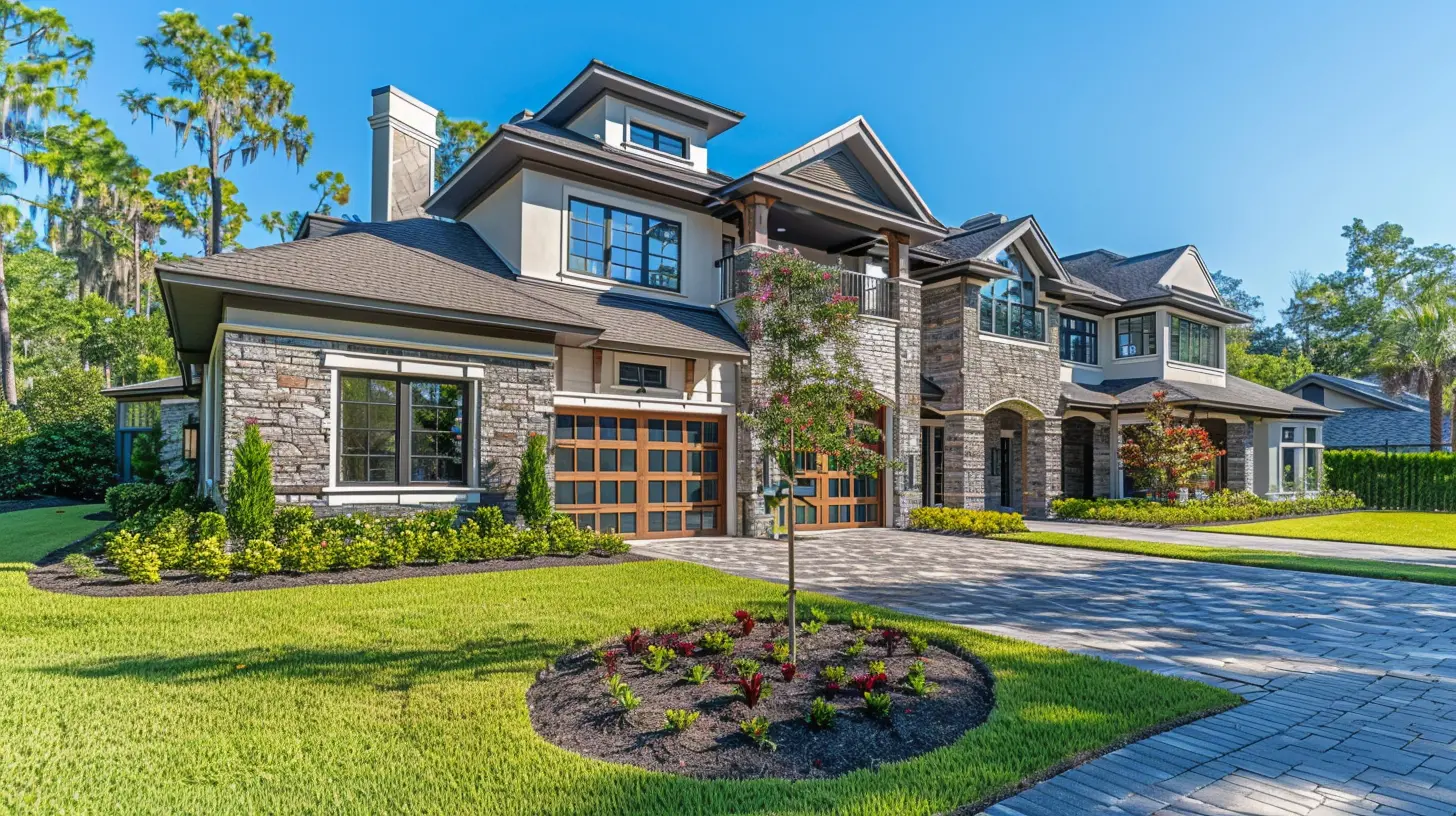Pros and Cons of Multi-Generational Living: Real Estate Considerations
4 November 2025
Multi-generational living—where multiple generations of a family reside under one roof—is becoming more popular. Rising housing costs, economic pressures, and cultural traditions all contribute to this trend. But before jumping in, it’s essential to weigh the benefits and drawbacks, especially from a real estate perspective.
If you're considering buying or modifying a home for multi-generational living, there are a few things you need to know. Let’s break it all down.

✅ Pros of Multi-Generational Living
1. Cost Savings and Shared Expenses
One of the biggest advantages? Saving money. When multiple adults contribute to household expenses—mortgage payments, utilities, groceries, and maintenance—everyone benefits. This setup makes homeownership more affordable, especially in cities where real estate prices are skyrocketing.2. Stronger Family Bonds
Living together fosters deeper relationships among family members. Grandparents and grandchildren get to spend quality time together, and middle generations can bridge the gap between the young and the elderly. It creates an environment of emotional support and companionship.3. Built-in Childcare and Elderly Support
Childcare costs can be staggering, but when grandparents or other relatives step in, it eases the burden. Likewise, elderly family members who might need assistance with daily tasks benefit from having loved ones close by, reducing the need for costly external care services.4. More Efficient Use of Space
Instead of multiple households paying for separate properties, multi-generational living maximizes space utilization. Larger homes with separate living areas ensure privacy while maintaining a shared environment. Many builders now design homes with in-law suites or dual master bedrooms to accommodate this lifestyle.5. Increased Home Value
Homes that cater to multi-generational living often have more square footage, additional bathrooms, or finished basements with separate entrances. These features can boost a property's resale value, making it an attractive investment.6. Companionship and Reduced Loneliness
Many seniors battle loneliness, especially those living alone. Having family around provides regular social interaction, which can improve mental well-being and overall happiness.
❌ Cons of Multi-Generational Living
1. Lack of Privacy
The most obvious downside? Privacy—or the lack of it. Sharing a home with multiple generations means less personal space. While separate living quarters help, conflicts can arise if boundaries aren't established.2. Potential for Conflicts
Different lifestyles, schedules, and expectations can lead to disagreements. Parenting styles, household responsibilities, and personal habits can clash, creating tension between family members. Clear communication and established house rules are crucial to minimizing conflicts.3. The Need for a Larger Home ($$$)
For multi-generational living to work smoothly, a home must be large enough to accommodate everyone comfortably. This often means purchasing a bigger property or renovating an existing one—both of which can be costly.4. Difficulties in Selling the Home in the Future
Homes customized for multiple generations may not appeal to all buyers if you ever decide to sell. Features like divided kitchens, in-law suites, or additional bathrooms can be a selling point, but they can also limit your potential buyer pool.5. Increased Household Responsibilities
More people under one roof means more housework. Cleaning, cooking, and maintaining the property require effort from everyone. Without clear expectations, the burden falls unevenly, leading to frustration.6. Complex Financial and Legal Considerations
Buying a home with multiple family members means tackling financial and legal issues. Who owns the property? How are mortgage payments divided? What happens if one party wants to move out? Estate planning and financial agreements become essential in these situations.
🏡 Real Estate Considerations for Multi-Generational Homes
So, how do you find or modify a home that supports multi-generational living? Here are some key considerations:1. Separate Living Spaces
Look for homes with separate entrances, multiple kitchens or kitchenettes, and designated living areas. Properties with in-law suites or guest houses can provide the best of both worlds—family connection and privacy.2. Flexible Floor Plans
Open-concept designs can work, but having distinct areas for different generations is usually better. Look at homes with finished basements, dual master suites, or converted garages to ensure everyone has their own space.3. Accessibility Features
If elderly family members are part of the household, consider homes with accessibility features like step-free entrances, grab bars in bathrooms, and wider doorways to accommodate mobility aids.4. Zoning Laws & Regulations
Not all neighborhoods allow multiple families under one roof. Check local zoning laws before buying to ensure your multi-generational setup is permitted. Some areas have restrictions on in-law suites or separate rental units.5. Multi-Generational Friendly Additions
If modifying your current home, think about adding:- A second kitchen or kitchenette
- Separate entrances for privacy
- Additional bathrooms
- Soundproofing between living areas
- Outdoor spaces with separate seating areas for different family groups
6. Resale Potential
When customizing a home for multi-generational use, keep future resale value in mind. Versatile designs—like finished basements with separate entrances—can attract more buyers than highly specific layouts.
🤔 Is Multi-Generational Living Right for You?
Choosing to live with multiple generations isn’t just a financial or real estate decision—it’s a lifestyle choice. It works best for families who communicate well, respect each other’s privacy, and are willing to compromise.To make it successful:
✅ Set clear expectations from the start
✅ Define responsibilities (who pays what, who cleans what)
✅ Have open and honest discussions about boundaries
✅ Choose a home that meets everyone’s needs
If done right, multi-generational living can be a rewarding experience, both financially and emotionally. But it’s not for everyone. Weigh the pros and cons carefully to decide if it’s the right move for your family.
all images in this post were generated using AI tools
Category:
Residential Real EstateAuthor:

Camila King
Discussion
rate this article
1 comments
Misty Hill
Great insights! Multi-generational living offers both challenges and rewards!
November 5, 2025 at 4:50 AM

Camila King
Thank you! I'm glad you found the insights valuable. Multi-generational living indeed has its unique dynamics!


